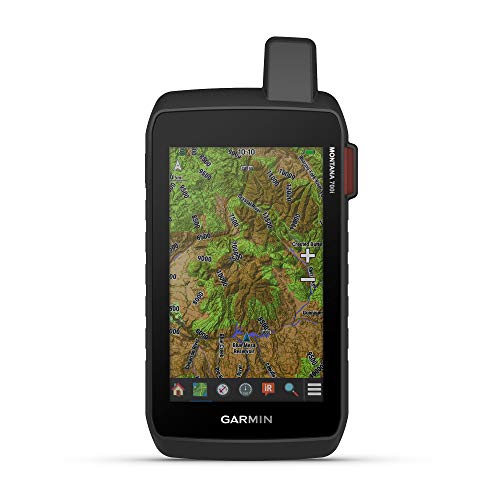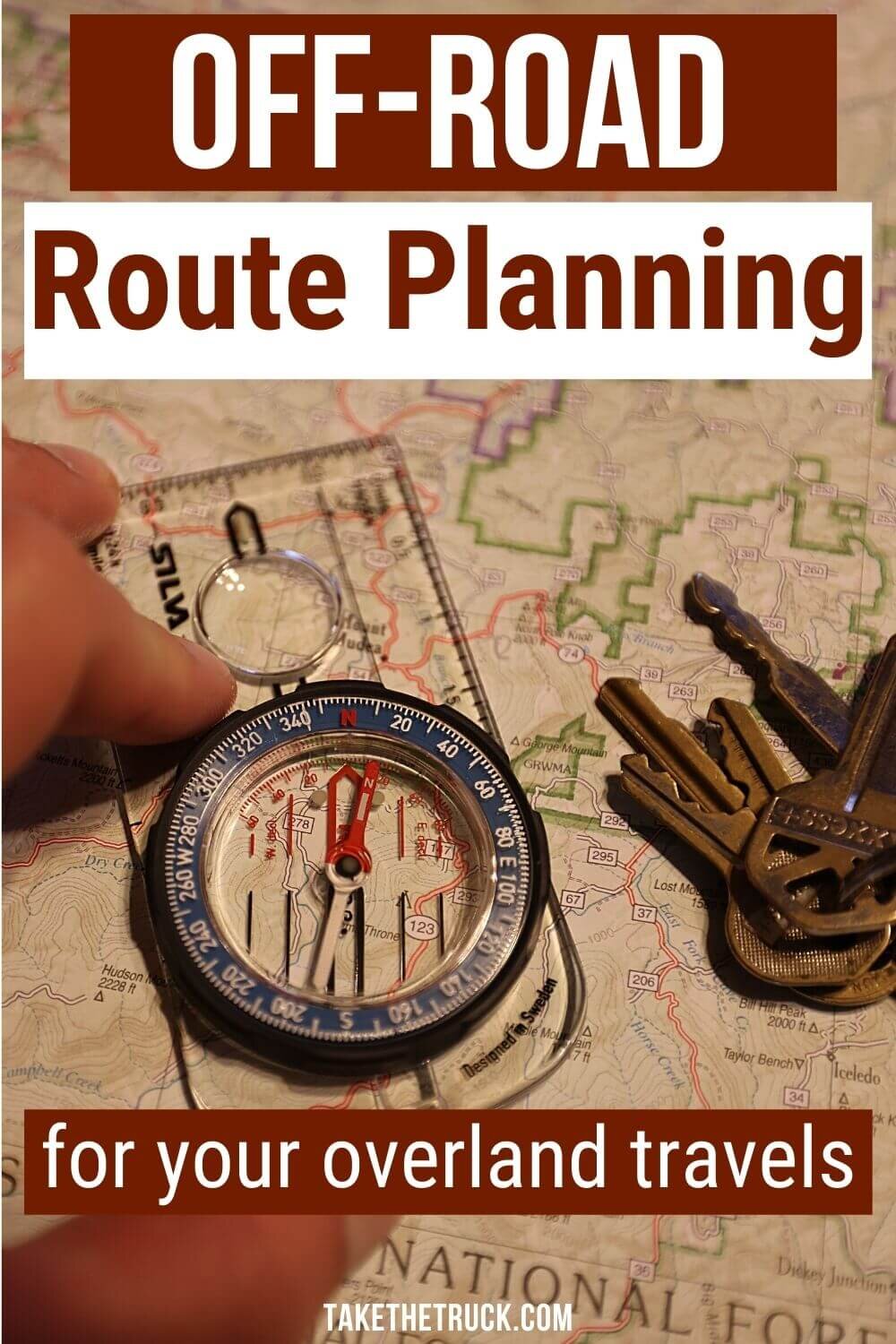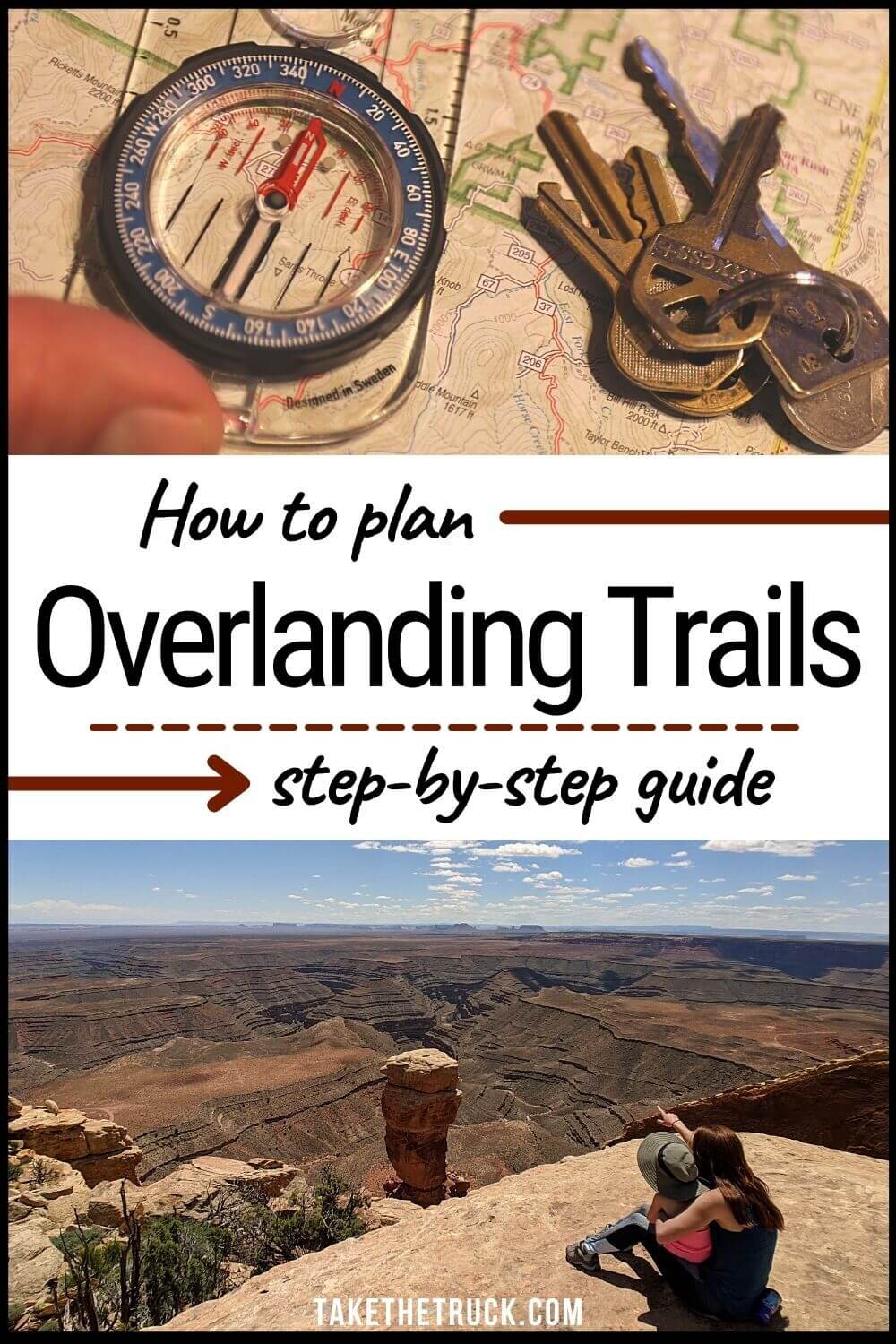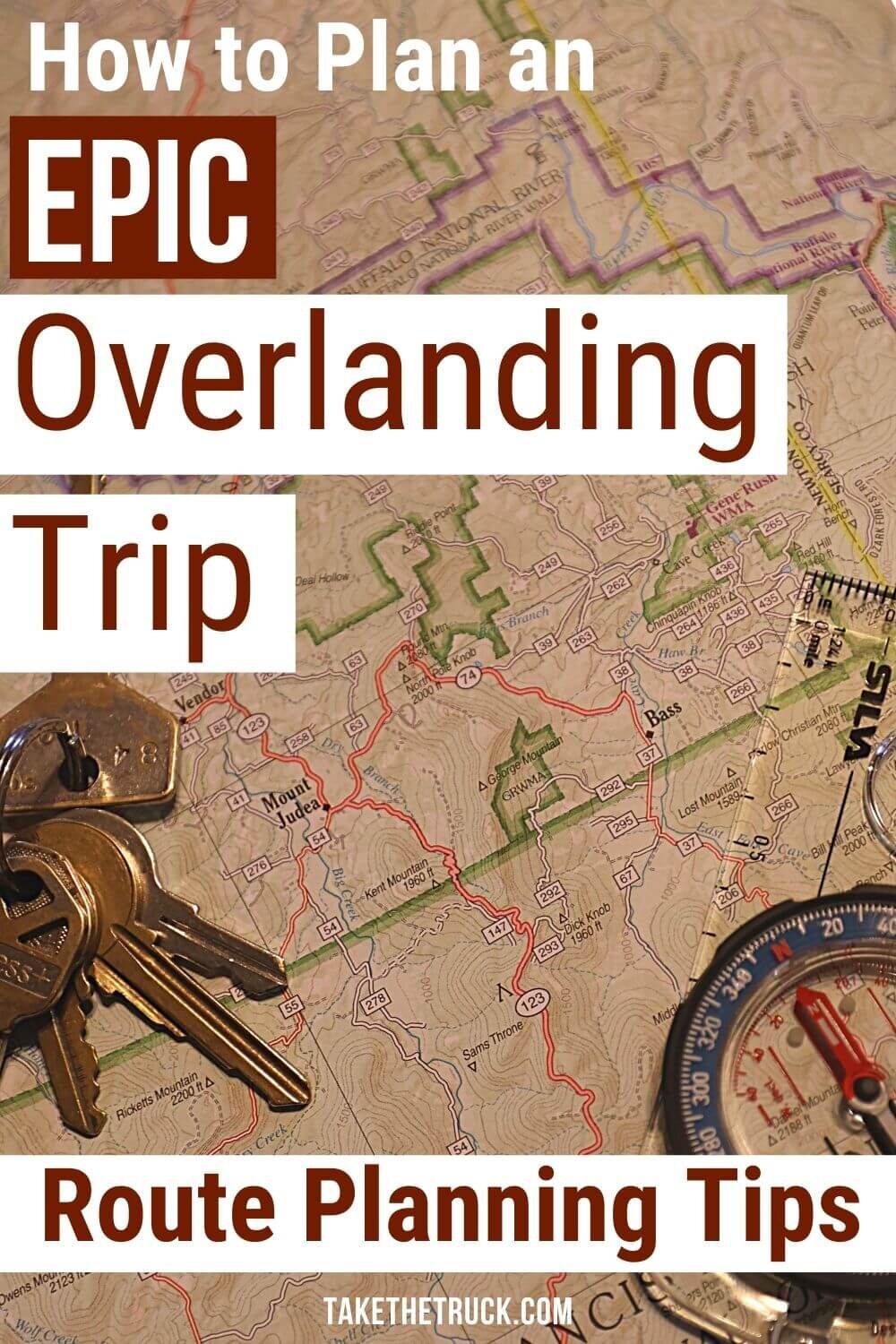How to Plan an Epic Overlanding Trip
There are a lot of factors to consider when planning an overlanding trip, and something as simple as “where should we go” can quickly become overwhelming.
In this guide, we’ll walk you through the best method we’ve found for overland trip planning, so that you can start planning your own epic overlanding trips today!
*(This post contains affiliate links. This means we may receive a small commission, at no additional cost to you, if you make a purchase through a link. See our full disclosure.)
The Overland Trip Planning Method
Over the years we’ve found the best way to plan an epic overlanding trip is very similar to the process of writing a great story. But in this case you get to LIVE IT! So before you choose a specific overland trail or route for your next adventure, start by answering the below 5 W’s (and 1 H) of overland trip planning before you hit the road.
Who is going
Assess the number of people going on the overland trip, your skill level as well as theirs’, as well as your overland vehicle’s capabilities and limitations (because your overlanding rig is equally part of your team and story). This will help you ensure that the route you select is not outside you or your groups’ capabilities and comfort-zone.
What is needed
While this is largely dictated by the particular trail or route you ultimately select, a basic set of overland recovery gear and an adequate first-aid kit* should always be carried. Carefully consider food, fuel, and water resource availability along any potential route to gauge how much should be carried in your vehicle as well as where to plan resupply stops throughout the trip.
When are you leaving (and for how long)
The specific timing and duration of your trip will help to narrow down overland trails and routes that are feasible in your given amount of time, as well as help you anticipate and prepare for any seasonal or regional weather conditions you may encounter. And it’s always a good idea to build at least 1-2 extra days into your timeline as a buffer for the unexpected.
Where will you go
Selecting and mapping your overland route can be one of the most enjoyable aspects of overland trip planning. And while there are a number of ways to map your route, these three steps will help get you started:
Step 1: Select an Overland Navigation Device or App:
Overland Navigation Apps
There are a variety of overland navigation apps on the market today that can help you plan your overlanding trips.
The Gaia GPS app has been around for awhile now and we’ve found it to be the most capable, cost-effective (most basic features are free), and user-friendly mapping and navigation app so far.
With that said, the newer Onx Offroad GPS app, is another powerful overland trip planning tool and as this platform matures it only continues to add value - it is however a costlier subscription-based app.
When combined with your phone or tablet, these overland navigation apps become a powerful tool for both overland trip planning as well as navigating a variety of overland trails.
Overland Navigation Devices
The problem with stand-alone GPS devices is that they typically don’t benefit from the continuous real-time updates that phone and tablet GPS applications do, the user interface can often be clunky or cumbersome, and there’s the sunk cost of the additional physical device itself to be considered.
However, if you’re looking for a stand-alone GPS navigator for overlanding, the Garmin Tread Overland Edition* OR the Garmin Montana 700i* (both with built-in InReach satellite communication) are a couple of the best options out there for dedicated overland navigation.
Always Bring Paper Maps and a Compass as a Backup
Technology fails, especially when subjected to the rigors of an overland trip, so once your final overland route is selected make sure you have paper maps, a compass, and the orienteering skills to use them if and when needed.
Step 2: Find and Review Potential Overland Routes:
This is the fun part! And thankfully with the power of the internet there are a number of ways to go about it!
Get Inspiration From Others - through their well documented Overlanding Adventures in Books, Stories, or Films
Read Trip Reports on Overlanding Forums - you can piece together an overland route based on the geographic clues within other overlanders’ shared trips and experiences
Use Previously Mapped Overlanding Trails - a simple online search for a particular trail’s name and .gpx or .kml files can yield a clearly defined overland route that can be easily loaded into your GPS app or navigation device.
HOWEVER caution must be taken when using others’ routes in this way, as you must still perform thorough due diligence to ensure the safety and legality of the route.
Create Your Own Overland Trails and Routes - pull out a map, choose a destination, and start scouring Google Earth for potential routes! Then carefully map them on your navigation app or GPS device. While this is certainly the most time-consuming method, it’s also by far the most adventurous and potentially rewarding.
Step 3: Perform Your Due Diligence
Ensure the legality and safety of your overland route, making sure that the route does not traverse private property or other legally, environmentally, or militarily protected lands or borders (without prior written permit, consent, or permission from it’s owner or governing body).
In the U.S., the National Forest Service Motor Vehicle Use Maps, the BLM’s Land Use Maps, or any particular state’s forestry or wildlife management authority can be consulted when planning an overland trip that will traverse public lands.
Why are you going
What’s your goal, your main objective? To find adventure, to challenge yourself, to explore the history of a particular region, to experience a different culture, or is it simply to breath fresh mountain air while relaxing fireside or sip a cerveza on a surf filled beach? Or maybe it’s all of the above?!
Whatever your goal, ensure that the overland trail or route you’re planning will help you to accomplish your reason for going in the first place.
How will you get there ethically, safely, and legally
There are a myriad of considerations when it comes to ensuring your overlanding trip will be completed safely, legally, and ethically. And the reality is that you can’t anticipate EVERYTHING, but below are some examples of things to consider in your own overland trip planning and due diligence process:
Are any special permits required along your route
Are there any land-use restrictions you need to be mindful of, and are the members of your group thoroughly familiar with the Tread Lightly Principles to ensure ethical treatment of the land
Are your passports in order (and did you make & bring copies of them as well as any other important border-crossing documents)
Do you know the vehicle import/export requirements, any associated duties or fees, vehicle insurance requirements, and do you have proof of vehicle registration/ownership. And if your vehicle is not owned outright, do you have permission from your lien holder to travel to the region you’ve selected
Are your vaccinations up-to-date, and do you have proof, and if you’re traveling with pets, do you have copies of your pet’s vaccinations as well
Is the internet, communication, and cell service availability adequate for your needs, and do you have an emergency satellite communicator or other means of emergency communication when/if needed
Are your groups medical needs accounted for
What does medical care availability look like along your route
Is your overland vehicle mechanically reliable enough to make the journey, and can you address any potential weaknesses or neglected maintenance prior to leaving for your trip
All of these considerations - the who, what, when, where, why, and how of your overlanding trip - will help you ultimately select an overland trail or route that is best for you, and ensure that it makes for a great story to share with others too!
POST OVERLAND TRIP ASSESSMENT
No matter what overland trail or overlanding route you ultimately choose for your next adventure, once you’ve completed your trip and you’ve returned home, take the time to do a post-trip assessment.
Make a list of the things you wish you would have brought, as well as things you found you didn’t need. This will help you to pack more efficiently in the future and be better prepared for your next overlanding trip.
And if you’re interested in learning more about overlanding, truck camping, or family travel, be sure to SUBSCRIBE for our blog updates.
As always, thanks for reading!
Related Posts:
Pin this Post!
Share me on your favorite social media platform!








